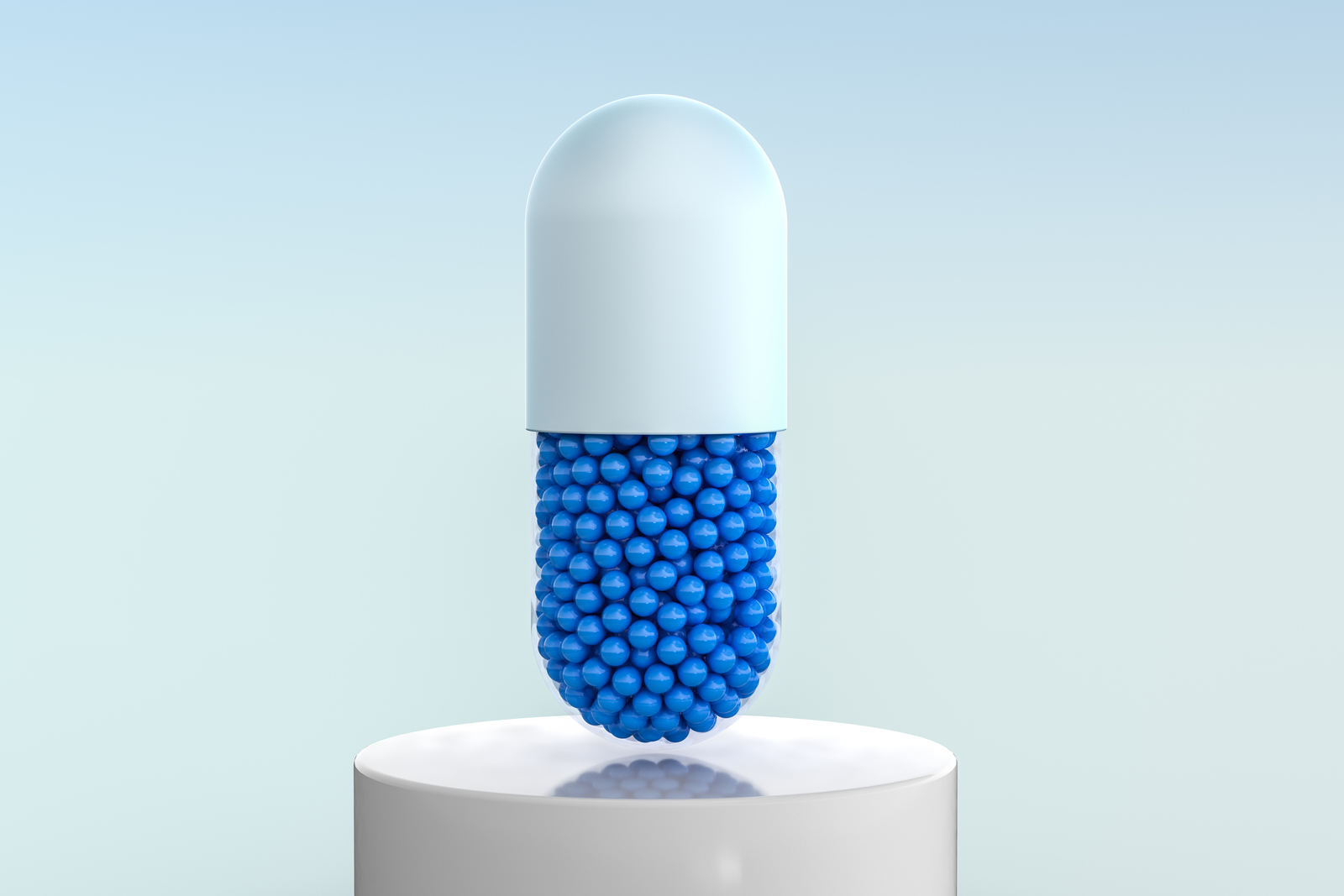The human body is a marvel of complexity. Trillions of cells, tissues, and organs operate in intricate harmony to sustain life. For centuries, aspiring physicians have struggled to comprehend this elaborate machinery. Their tools were limited to rudimentary drawings and imagination. But no longer. A revolution in 3D modeling, animation, visualization and printing has unlocked novel ways of visualizing, manipulating, and interacting with anatomy.
This emerging technology is transforming how we teach and train the next generation of medical professionals. The possibilities are as boundless as the human body itself. Welcome to the future of medical education.
The Rise of 3D Visualization in Medical Education
The evolution and acceptance of 3D visualization in medical education has been steadily growing over the past decade. As 3D printing and modeling technologies have advanced, so too has their integration into anatomy and physiology coursework. Students can now engage with intricately detailed models of human anatomical structures rather than relying solely on textbooks and 2D images.
The benefits of 3D models in teaching complex human anatomy are numerous. Studies have shown 3D models can improve students’ spatial visualization and understanding of anatomical relationships. The ability to physically manipulate a structure provides crucial hands-on learning. Printing patient-specific organs from medical scans also enables an unparalleled level of personalization for pre-surgical planning. As students have grown up in an increasingly digital world, the interactivity and visual nature of 3D models resonates with their learning preferences.
Overall, 3D visualization is transforming medical education by enabling more immersive, tactile learning of complex concepts. This has the potential to accelerate knowledge retention and comprehension. As the technology continues advancing, 3D training models will likely become a staple in medical curriculums rather than a novelty.
Creating High-Quality 3D Models for Medical Training

The appropriate 3D modeling technique for medical purposes depends on the specific educational or training goals. Key factors in selecting 3D modeling approaches include the level of detail required, material properties, timelines, and budget.
For conceptual anatomical models, fused deposition modeling (FDM) with ABS or PLA plastics offer an affordable option. The layer-by-layer printing process allows for intricate details. For surgical simulations, multi-material 3D printing can create organs with tissue-mimicking properties. This enables extremely realistic procedural practice.
Photogrammetry is an emerging technique that uses multiple photographic images to construct detailed 3D models. This can provide medical students an alternative to cadavers for studying anatomy. Photogrammetry is also being used to create models of injuries or pathologies from patient scans.
No matter the technique, the 3D model design process itself is collaborative. Clinicians and medical educators work alongside anatomical modelers and 3D artists. This interdisciplinary approach ensures the end model is anatomically accurate and meets the specific educational goals.
Review of Current Use and Future Trends in 3D Visualization and Simulations for Medical Training
3D visualization and simulations are currently used in a variety of medical training applications, though wider adoption is still limited by costs and curriculum integration challenges. Surgical simulations using 3D models of organs and tissues are one area seeing rapid growth and success.
Simulated procedures allow surgeons to practice difficult operations multiple times prior to performing them on actual patients. This improves outcomes, shortens operating times, and reduces risks. 3D models also enable patient-specific rehearsals using the individual’s medical imaging data.
While major progress has been made on simulations, most medical schools still use 3D models sparingly. The focus is often on demonstrations rather than hands-on learning. As costs decrease and curriculums continue adapting, 3D models may eventually replace textbooks as the primary anatomy learning tool.
Emerging trends point to virtual and augmented reality as the next frontier for 3D medical learning. VR surgical simulations can provide extremely immersive environments. AR overlays of anatomical structures on actual patients take visualization to the next level. As the technology matures, 3D models will likely transition from physical prints to interactive digital assets.
The future potential of 3D in medical training is extremely promising. It can enable more engaged, personalized learning while also improving patient outcomes through rigorous procedural rehearsal. 3D modeling is a transformative technology still in its relative infancy. As creative new applications continue emerging, 3D will cement itself as an indispensable tool for medical education and training.
Conclusion
The potential of 3D modeling in medicine is just beginning to be tapped. What started as a way to create detailed anatomical models has expanded into highly realistic surgical simulations, customized prosthetics, and bio-printed organs. As costs decrease and the technology becomes more accessible, 3D will likely emerge as the standard for medical education and training.
The benefits for students’ comprehension and surgeons’ dexterity are clear. More importantly, patients will experience better and enhanced healthcare through improved education, planning, and reduced errors. We stand at the dawn of a new era, where complex concepts can be grasped intuitively, and procedures rehearsed endlessly in a risk-free virtual world. The human body has finally met its match.
FAQ
3D anatomical models provide an accurate representation of patient anatomy, which is crucial for surgical training and health education. They allow trainees to explore and understand complex structures and situations in a safe and controlled environment before they perform actual procedures on patients.
Medical students gain a better understanding and anatomy education, the spatial relationship between organs, and pathological conditions from using three-dimensional models. The interactive nature of these models facilitates hands-on learning and memory recall. It’s often used in medical simulation and education in addition to textbooks and virtual reality platforms.
Some key benefits include providing flexible and accessible surgical education, and learning opportunities, allowing for repetitive practice in a safe environment, and giving educators more control over the complexity and order of tasks.

